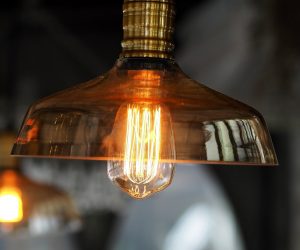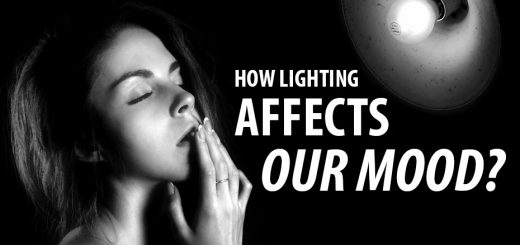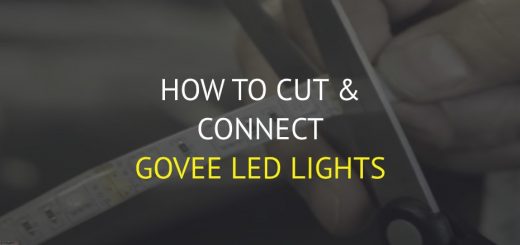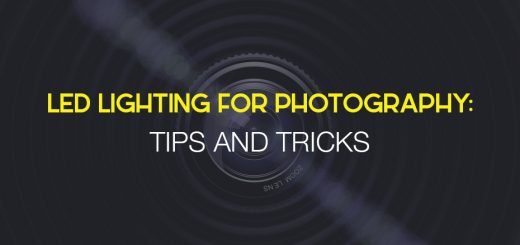All LED bulb types and shapes
Given that they are up to 90 percent more efficient – and a hell of a lot longer lasting – than conventional incandescent and fluorescent bulbs, it is no surprise that many people are opting for LED lights in favor of these older forms of lighting technology. When the phrase ‘light bulb’ is uttered, most of us imagine the typical light bulb we have been accustomed to seeing in our homes since childhood. Yet light bulbs – and LED bulbs, in particular – now come in a vast range of different shapes and sizes – for the novice, navigating this terrain can be a tad tricky, and that’s where we come in to help! Read on as we give you an overview of all the different LED bulb types and shapes out there at the moment.
Bulb Shapes
 First of all, LED bulbs come in a variety of shapes, including:
First of all, LED bulbs come in a variety of shapes, including:
- Type A: this is the standard (incandescent) light-bulb shape that we are all familiar with in our homes. Many LED bulbs, now replicate the shape of the type A incandescent light bulb
- Type B: bullet tip light bulb
- Type BT: bulging or tubular shape. Most commonly found in table lamps
- Type BR: short height, reflector-style bulb
- Type C: candle shaped bulb, used in chandeliers mostly
- Type CP: stands for crystalline pear-shaped bulb
- Type E: ellipsoid shape
- Type ER: stands for ‘extended reflector’ shape of a light bulb
- Type F: candelabra ‘flame-style’ shape of the bulb
- Type G: globular or circle-shaped bulb
- Type HK: ‘hexagonal candle’ shaped light bulb
- Type K: Krypton, or a narrow reflector type shape of a light bulb
- Type MB: halogen light bulb
- Type MR: quartz reflector style shaped light bulb
- Type P: pear-shaped light bulb
- Type PAR: parabolic aluminized reflector (PAR)
- Type PS: elongated incandescent shape
- Type R: reflector style of light bulb
- Type S: the straight sided style of light bulb
- Type T: tube-shaped light bulb
The shape classification of your LED bulb can be found on the packing of the product, in the form of one of these letters – use this key to determine what shape of bulb you are dealing with. Generally, all the parameters of your light bulb will appear together on the package of your light – usually in form of a letter (size), followed by a certain number (diameter), then another letter (length).
Despite what appears to be a bewildering array of different shaped LED bulbs, actually, only three of them are used widely in the day to day applications.
Shaped bulbs are the standard for home lighting, they come in a range of different sizes, the most common of which are A19 and A60 – the number represents the diameter of the bulb in eighths of one inch.
B, C shaped light bulbs: B-shaped LED bulbs are known as candelabra light bulbs. They take the shape of a bulging base that tapers to a rounded tip – you are probably familiar with their sight around the house. C-shaped light bulbs resemble holiday lamps and are found most commonly in chandeliers and night lights.
PAR-shaped light bulbs: these type of LED light bulbs employ a parabolic mirror which focuses the light on a single point. Available in a variety of beam angles, PAR shaped LED lights are to be found mostly in outdoor floodlights and spotlights, as well as stage lighting and the like.
Diameter and Length
As has been touched on already, the diameter of your bulb appears as a number one unit of which represents one eight of an inch. Ie, a bulb ranked as an 8 has a diameter of one inch, whereas a ‘20’ bulb is 2.5 inches. The major diameter classifications are 8, 11, 16, 20, 30, and 38.
Meanwhile, when it comes to length, bulbs are divided into either S – short – or L – long – classes. However, not all bulbs have the length specified on the product packaging.
LED bulb bases
 LED light bulbs can also be classified according to the type of base they contain. The 6 major types of light bulb base are:
LED light bulbs can also be classified according to the type of base they contain. The 6 major types of light bulb base are:
- Screw base
- Bi-Pin base
- Twist & lock base
- Specialty base
- Fluorescent pin base
- Compact fluorescent lamp plug-in base
The purpose of a light bulb base is to connect the bulb to the electricity source that powers are. The main two LED light bulb base types are the screw base and the pin base.
Screw base. This is the most common type of base used in all kinds of light bulbs, including LED bulbs. They are also known as Edison base bulbs. With screw bases, a pair of contact wires connects the filament of the light bulb to the base, where the electric voltage that powers your lights enters the bulb. There are several sizes of screw base available, you should be able to work out the size of YOUR bulb base by looking at the product packing. Generally, it will be in the letter ‘E’, followed by a number representing the diameter of the light bulb base measured in millimeters. For example, an E12 light bulb base has a 12-millimeter diameter. The main sizes of screw light bulb base are: E5 base, E-5 base, E10 base, E-10 base, E11 base, E-11 base, E12 base, E-12 base, E14 base, E-14 base, E17 base, E-17 base, E26 base, E-26 base, E27 base, E-27 base, E39 base, E-39 base, E40 base, and E-40 base.
Pin base. These types of light bulb base are also found in a number of LED bulbs, the principle behind them is very different from screw base types, however. Whereas with a screw light bulb base, the light bulb is connected to the electrical voltage or power source using a pair of contact wires that are connected to the light’s base, pin bases contain a pair of ‘pins’ that protrude from the base and connect the light bulb to the source of power. Electric current passes through the pins and from the flows upward into the light bulb, leading to the generation of light.


